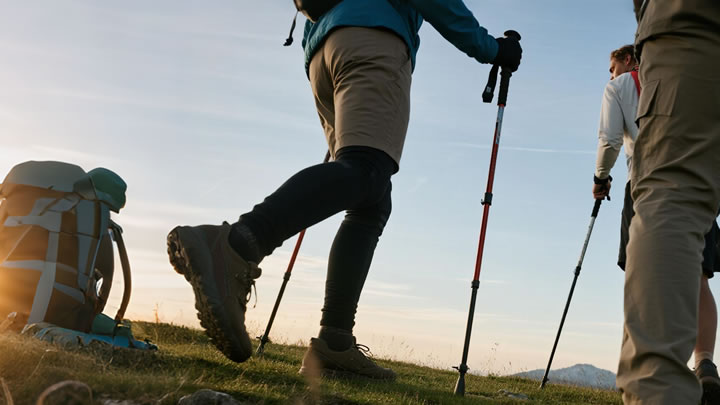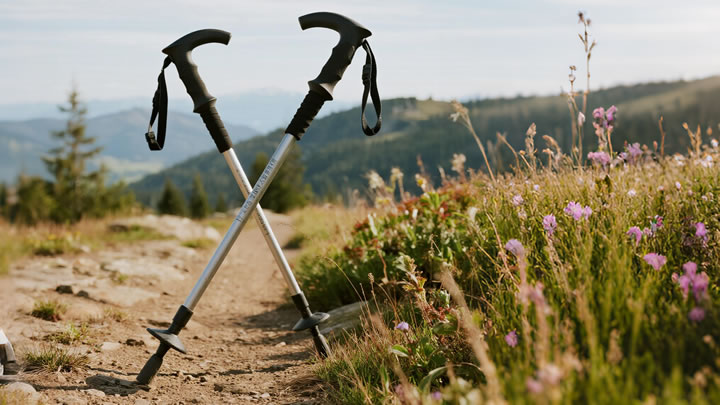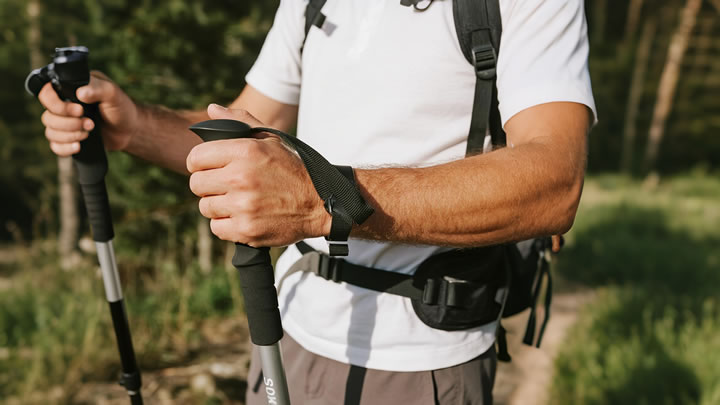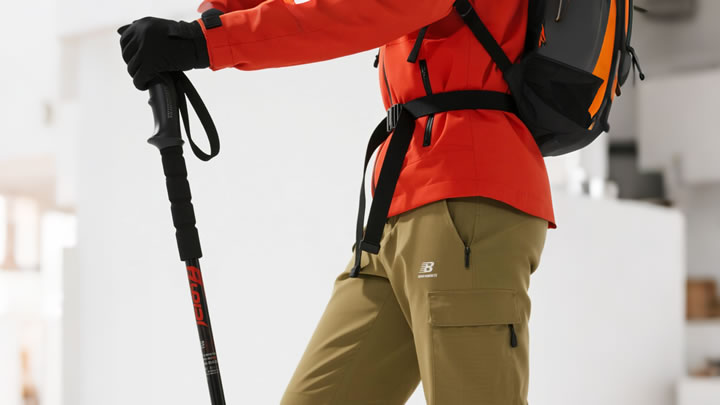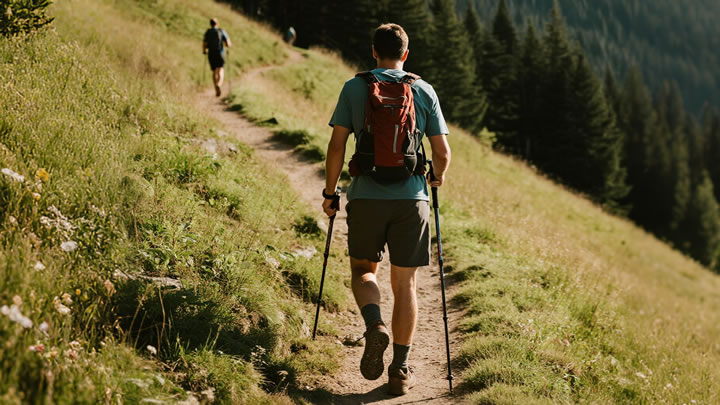What are anti-shock trekking poles and do they work?
Anti-shock trekking poles, also known as shock-absorbing trekking poles, are specialized hiking tools designed with a built-in mechanism to reduce the impact forces transferred to a hiker’s joints, particularly the wrists, elbows, shoulders, and knees, during movement on various terrains.
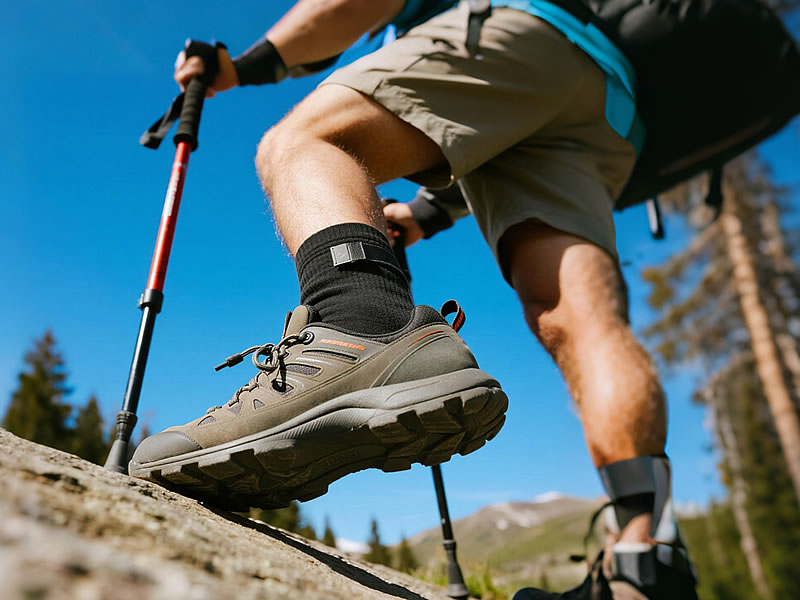
At the core of their design is a spring or damper system, usually located in the lower section of the pole. When the pole tip strikes the ground, this mechanism compresses, absorbing some of the shock that would otherwise travel up the pole and into the hiker’s body. Many models also allow users to lock the anti-shock feature, converting them into rigid poles when needed—useful for activities like climbing steep slopes where maximum stability is required.
Now, the key question: do they work? The answer depends on several factors, including terrain, hiking style, and individual needs.
On hard, uneven surfaces such as rocky trails or concrete paths, the shock-absorbing function can indeed make a noticeable difference. Each step sends a jolt through the body, and over long distances, this repeated impact can lead to fatigue, soreness, or even injury. Anti-shock poles mitigate this by dissipating some of that energy, reducing strain on the joints. This is especially beneficial for hikers with pre-existing joint issues, older adults, or those carrying heavy backpacks, as the added weight amplifies impact forces.
However, their effectiveness diminishes on soft terrains like mud, sand, or thick grass. These surfaces naturally absorb shock, so the pole’s mechanism has less work to do. In fact, some hikers find the springy sensation of anti-shock poles cumbersome on such ground, as the rebound can create an uneven rhythm or feel less stable compared to rigid poles.
Another consideration is the trade-off between shock absorption and weight. The anti-shock mechanism adds a small amount of weight to the pole—typically 10-30 grams more than a comparable rigid pole. For ultralight hikers prioritizing minimal pack weight, this extra heft might be a drawback, especially when every gram counts over long distances. Rigid poles, often made from lightweight carbon fiber, are thus preferred in ultralight circles for their lower weight and uncompromising stability.
Critics also note that the spring mechanism can introduce a slight delay in pole response. When pushing off the ground, the spring may compress and then rebound, which some hikers find disrupts their natural gait. This can be distracting or even tiring over time, particularly for experienced hikers with a consistent stride.
It’s also important to evaluate the quality of the anti-shock mechanism. Cheaper models may have weak springs or poorly calibrated dampers that either fail to absorb enough shock or feel overly bouncy, reducing their effectiveness. High-quality poles, on the other hand, use durable materials like stainless steel springs or hydraulic dampers to provide consistent, controlled absorption.
User preference plays a significant role too. Some hikers swear by anti-shock poles, reporting reduced fatigue during multi-day treks. Others find the added complexity unnecessary, preferring the simplicity and reliability of rigid poles. Testing different models in various conditions is often the best way to determine if they suit your needs.
In summary, anti-shock trekking poles do work effectively in specific scenarios—namely, on hard, jarring terrains and for those needing extra joint protection. They are not a one-size-fits-all solution, though. Their benefits must be weighed against potential drawbacks like added weight and reduced stability on soft ground. For hikers prioritizing shock reduction during long hikes on rough surfaces, they can be a valuable tool; for others, rigid poles may prove more practical. Ultimately, the “workability” of anti-shock trekking poles hinges on matching their design to the hiker’s individual requirements and the demands of the trail.

